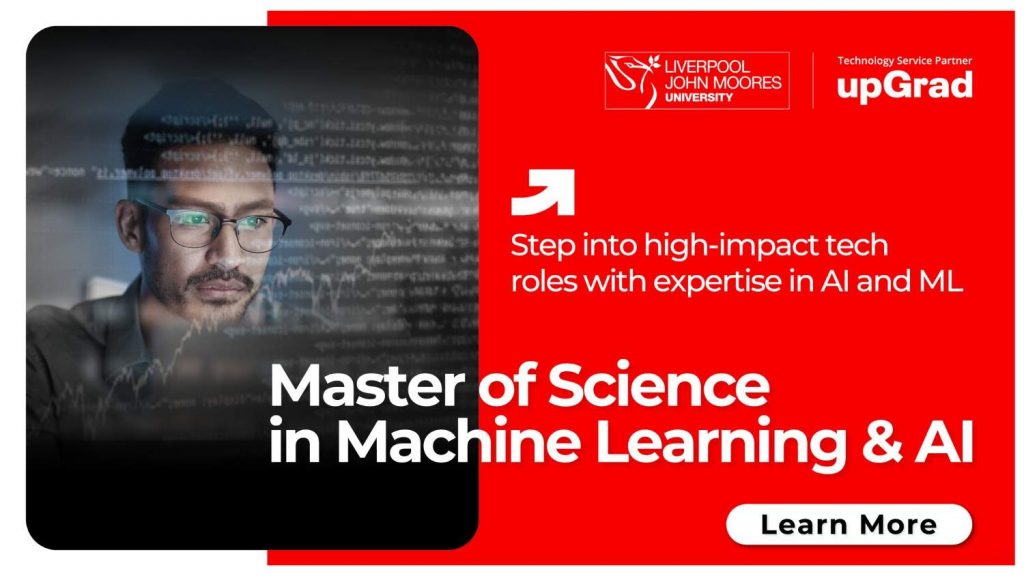Reinforcement learning (RL) is a type of machine learning where software/machine learns by receiving rewards and punishments for its actions. When a machine takes a good action, it gets a reward. On the other hand, when a bad action is taken, it gets a punishment. Over time, the agent learns to take more actions that earn rewards. Recent advances enable real-world uses of advanced reinforcement learning like helping robots, financial investing, healthcare, and more. In this article, you will learn about the latest developments in advanced reinforcement learning and how it’s being used.
Key Algorithms Advancing Reinforcement Learning
Some examples of the new algorithms which are helping in the progress of advanced reinforcement learning are below:
- Trust Region Policy Optimization (TRPO): This technique makes small, steady policy changes during training for greater stability. It is helpful for complex tasks like robot control.
- Proximal Policy Optimisation (PPO): A simpler version of TRPO that clips policy changes to enforce stability.
- Deep Q-Networks (DQN): Deep neural networks estimate future reward values for actions. This allows reinforcement learning without manual policy building.
- Distributed DQN: Extends DQN to use multiple working-together learning agents to learn about reward probabilities.
- Asynchronous Advantage Actor-Critic: Uses parallel operating agents to stabilise policy training.
These new algorithms let researchers apply advanced reinforcement learning in the real world. RL can benefit areas like manufacturing, healthcare, robotics, and more. The future is very promising for reinforcement learning, which can positively transform many industries.
Real-World Uses
RL is moving into real applications beyond games, such as:
Self-Driving Vehicles
- RL trains self-driving vehicles to drive safely.
- Algorithms learn skills like lane switching and parking.
- Used by self-driving startups and car companies.
Robotics
- RL helps robots master real-world pickup and movement abilities.
- Robots practice in pretend situations and real setups.
- Abilities easily adjusted between related tasks.
Recommender Systems
- RL improves suggestions to match user interests.
- Balances new ideas with past user likes.
- Personalises recommendations for each user.
Healthcare
- Optimises running medical trials and care approaches.
- Learns best drug doses to treat patients.
- Allows personalised medicine tailored to individuals.
Finance
- Automates fast trading of shares using market simulation models.
- Finds the best bidding tactics for energy storage systems.
- Manages investment risks and returns.
The Future of Advanced Reinforcement Learning
Trending topics in cutting-edge RL research include:
Multi-Agent Reinforcement Learning
- Coordinating behaviours between multiple learning systems
- Essential for coordinating self-driving cars, robot teams
- Allows decentralised intelligence to emerge
Knowledge Transfer Reinforcement Learning
- Sharing learned knowledge between related tasks
- Quick adjustment to new goals by tweaking models
- Fast robot training by reusing knowledge
Explainable Reinforcement Learning
- Interpretable models for safety-critical uses
- Understanding why agents make choices
- Building trust by clarifying learned policies
RL is advancing rapidly with the help of AI algorithms. It promises to enable the next generation of intelligent optimisation and control across areas. RL can positively transform many industries through automation and improved decision-making.
Conclusion
Advanced reinforcement learning algorithms are enabling AI agents to excel at complex decision-making. Real-world AI applications in areas like robotics, finance, energy, transportation, healthcare, and more will benefit from RL’s optimisation and automation capabilities. Reinforcement learning is still improving, but it has huge potential. It can transform many important areas and help create our future with smart machines.
FAQs
1. What is reinforcement learning?
RL trains software agents by having them learn from rewards and punishments for their actions. The agents explore and improve their decisions to maximise rewards.
2. How is RL different from supervised learning?
Supervised learning uses labelled data. RL learns from environmental feedback. RL agents must actively explore to find the best behaviours.
3. What are some key modern RL algorithms?
Important algorithms are deep Q-networks, trust region policy optimisation, asynchronous advantage actor-critic, and soft actor-critic. These drive progress on complex decisions.
4. What fields use RL?
A: Self-driving vehicles, robotics, finance, healthcare, recommendations, and more. RL enables real-world optimisation and control.
5. What are the challenges around applying RL?
A: Key issues are the need for lots of data, safety, the explainability of models, and making simulations work in the real world. Researchers are creating new methods for these.









